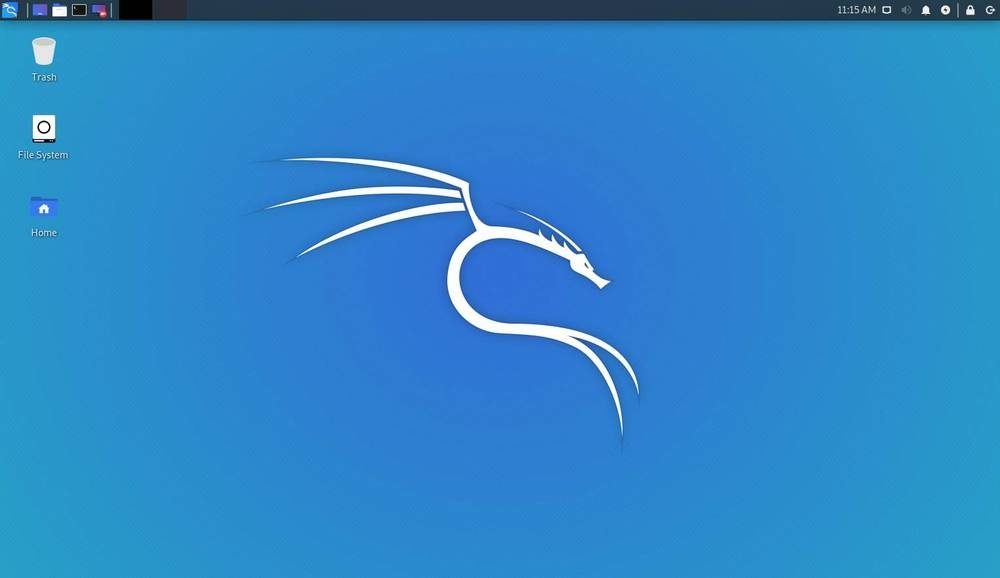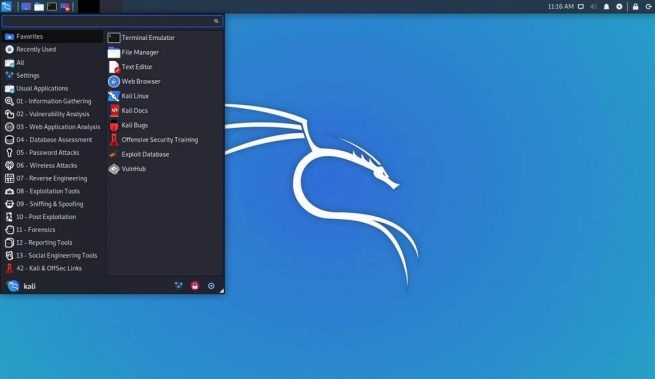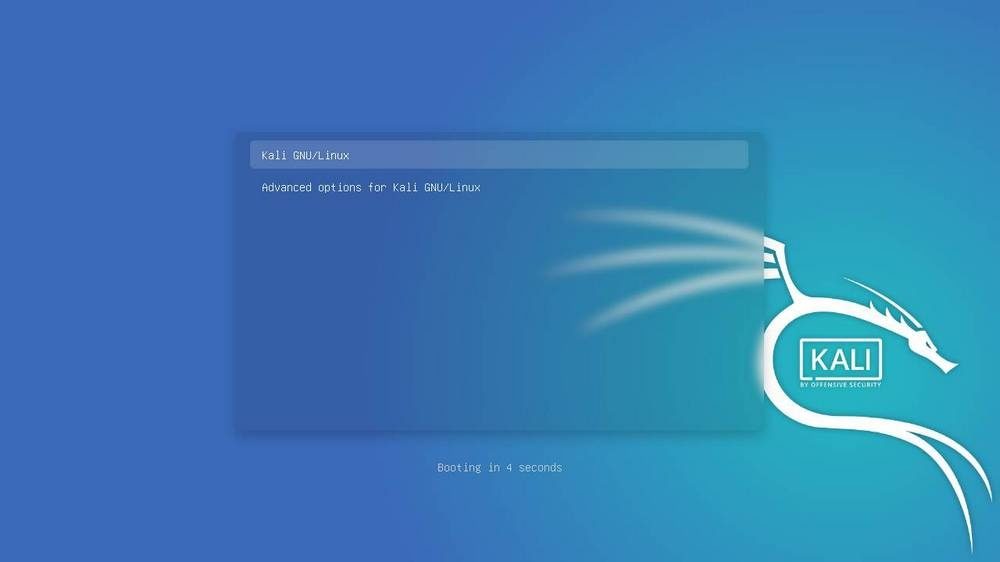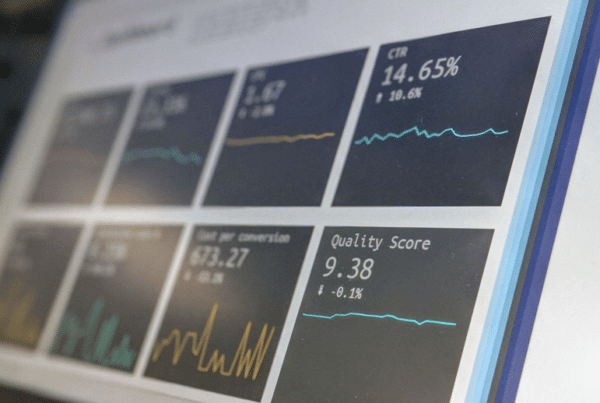The distros of ethical hacking están ganando una gran popularidad entre los usuarios más avanzados dado que les posibilitan tener sistemas actualizados, seguros y preparados para llevar adelante todo tipo de pruebas y auditorías de seguridad. Gracias a que Linux es un sistema abierto y libre, en la red podemos hallar una gran variedad de estas distros, cada una con unas características y herramientas que la diferencian de las demás. Y en este post vamos a hablar de una de las más reconocidas y queridas por la comunidad: Kali Linux.
Kali Linux is one of the most popular and used ethical hacking distros worldwide. This distro is based on Debian and maintained by Offensive Security Ltd. Even though it is not one of the most complete in terms of number of programs, its developers make sure that there are no duplicate tools (as in other similar distros), at the same time. time to always offer the latest versions of this distro.

Kali Linux Features
This ethical hacking distro is based on Debian. This means that users who prefer it will have a well-known base with excellent support and maintenance. Personalization is also one of the strengths of this alternative, as well as the opportunity to use it in the language we want.
Within Kali we can find a total of 600 hacking and security applications, among which we can highlight:
- Nmap: software para el escaneo de puertos, útil para buscar vulnerabilidades y puntos de ataque.
- Wireshark: herramienta para poder analizar todo el traffic de la red, capturar e inyectar paquetes.
- John the ripper: program to break passwords, both by brute force and through weaknesses.
- Aircrack-ng- Software to measure the security of a Wi-Fi network and steal passwords.
- THC Hydra: programa para llevar adelante ataques de fuerza bruta a distintos protocolos, como telnet, FTP, HTTP, HTTPS y SMB.
- Nessus: software for remote scanning of networks and systems, to look for vulnerabilities.
- Metasploit: Public exploit kit to exploit vulnerabilities in PCs.


The Kali Linux Kernel is also patched and ready to perform injections. At the same time, it has a wide variety of drivers so that any wireless card can work.
Differences with Parrot OS
Parrot OS is another equivalent distro for security audits. And, for many, he is Kali's main rival. The main differences of Kali Linux with its rival Parrot OS lie especially in the performance and the out-of-the-box experience. Kali is considerably heavier than Parrot, and users without prior knowledge can have serious problems, since it is much more chaotic.
While Parrot OS is aimed at an amateur audience, Kali wants to open a gap among the more advanced users.
Kali Linux on your computer and mobile
One of the main features that it offers us Kali Linux is that we can use this distro both on a PC and on a mobile. For PC, it is enough to have a team with architecture i386 or AMD64 to be able to load and install it without problems. We can also find images for systems ARM, which enables us to convert a micro-computer, such as the Raspberry Pi, in a complete hacking tool. And at the same time, we can find images for special equipment, such as various models of Chromebook, CuBox, Odroid and Samsung Galaxy Note.
Kali Linux developers also offer images of an alternative system called Kali NetHunter. This version is designed primarily for smartphones, even though compatibility is much more limited. We can install it on various models of Nexus smartphones, on the OnePlus One and on various Samsung Galaxy smartphones.

And, finally, indicate that we can also have Kali Linux installed on WSL (Windows subsystem for Windows) to run all tools directly from the Windows 10 console.
Minimum requirements
Due to the large number of architectures and systems for which it is available Kali Linux, los requerimientos han sido muy ajustados para que ningún Username pueda tener problemas.
To make it work on a computer, the first thing we need is an i386, amd64 or ARM processor (ARMEL or ARMHF) on which to run it. At the same time, we will need to have on the computer 1 GB RAM memory (even though 2 GB is recommended) and 20 GB of hard disk space to install the distro (even though we can use it in Live mode).
Decididamente, además necesitamos un medio de arranque, ya be un medio óptico (como un DVD) o una memoria USB.
Download Kali Linux
Kali Linux is a distro developed in secure environments, completely free and open source. The latest version of this distro can be found in the next link. Here we can find a great variety of different editions, from installers for 32 and 64 bits to Live images to use from RAM and images ready to use in virtual machines such as VMware and Virtualbox.
We remember: the default credentials are kali / kali.
Update to the latest version of Kali Linux
Es muy importante mantener esta distro siempre actualizada, dado que cada versión corrige fallos, mejora el funcionamiento y actualiza todas las herramientas disponibles. Cada vez que haya una nueva versión lograremos bajarla de forma gratuita desde su página Web. Y si ya la tenemos instalada en nuestro ordenador, podemos actualizar de forma directa a la última versión ejecutando en un terminal:
sudo apt update && sudo apt -y full-upgrade -y
If the wizard tells us that there are already packages that have been installed automatically and are not necessary, we must remove them by executing:
sudo apt autoremove
We run the update command again. We confirm the update message and wait for the entire system to download and update our Kali Linux distro. When it finishes, we restart the computer and, when it starts, we will already be using the latest version.
We can check this by executing the command: "grep VERSION / etc / os-release", since it will return VERSION = "2020.1" and VERSION_ID = "2020.1", assuming we have the first version of 2020.





